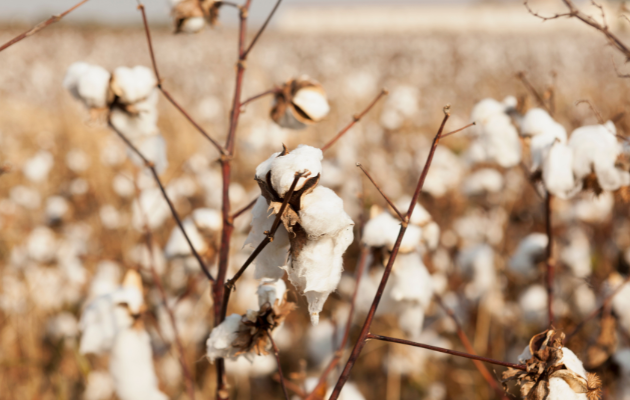
BJJ Gi Care — Smell, Shrinkage, and the Limits of Cotton
Share
BJJ Gi Care — Smell, Shrinkage, and Yellowing
Anyone who trains Brazilian Jiu-Jitsu has faced the same problems. After a session, your sweat-soaked gi gives off a strong odor almost immediately.
Even after a thorough wash, the smell returns within a few rounds of sparring. Grab a partner’s collar, and sometimes you catch that same unpleasant scent again.
You’ve probably wondered:
“Why does it still smell even after washing?”
“Why can’t I focus when my own gi smells during training?”
But odor is only part of the issue. Repeated washing causes gis to shrink, and over time, white fabric gradually yellows. Shrinkage affects fit and freedom of movement, while yellowing makes a gi look older and less clean.
These problems aren’t just about washing methods. They’re built into the structure of the fabric itself.
How to Wash Your BJJ Gi — Preventing Odor, Shrinkage, and Yellowing
Let’s clear up some common misconceptions about washing a gi.
• High heat doesn’t solve odor. Many believe hot water removes smells, but it actually makes fibers expand and contract. This creates micro-damage, speeds up shrinkage, and shortens the gi’s lifespan.
• Antibacterial detergents only go so far. They reduce bacteria, but sweat’s fatty acids and proteins remain trapped deep in the fibers. After drying, these compounds oxidize and release odor again — which is why the smell always comes back.
• Damp gis breed problems. Leaving your gi wet after washing encourages mold, yellowing, and a musty odor that’s hard to remove.
Three habits that make a difference:
1. Wash in cool water (around 30 °C / 86 °F).
2. Remove immediately after washing and air-dry in a well-ventilated place.
3. Add baking soda or vinegar to neutralize deep-set odor compounds.
The Structural Limits of Cotton
Most BJJ gis on the market today are made from cotton. At first, cotton feels comfortable — soft, absorbent, and familiar. But those same traits are what limit its lifespan.
• Expansion and contraction: Cotton fibers swell when wet and shrink as they dry. Over time, this cycle roughens the surface, causing pilling, fraying, and tears. Shrinkage isn’t accidental — it’s built into the fiber’s structure.
• Odor retention: Cotton easily traps fatty acids and proteins from sweat. Once absorbed, they’re almost impossible to remove. Even after washing and drying, oxidation makes those residues release odor again.
• Faster wear: Collars and sleeves, which face the most friction, wear down quickly — while white cotton gradually yellows with age and repeated washing.
Because of these issues, many practitioners assume that a gi will only last a year or two before replacement. But odor, shrinkage, and yellowing can’t be solved by washing tricks alone. At the root, it’s the nature of cotton itself that determines how long a gi can truly last.
Conclusion
Should a uniform you train in every day really be treated as disposable? Too often, practitioners accept the same problems — odor, shrinkage, fading — as just part of owning a gi.
But if you truly want your gi to last, the solution isn’t another washing hack. It starts with understanding the fabric itself.
A gi that endures sweat, friction, and countless washes — while keeping its fit, comfort, and cleanliness — is what real durability looks like.
Rethinking the causes of odor, shrinkage, and yellowing is the first step toward finding a gi you can trust for years, not just months.
